What’s your plan for radio communication after a disaster?
You’d better make a plan now! Let’s take a look how.
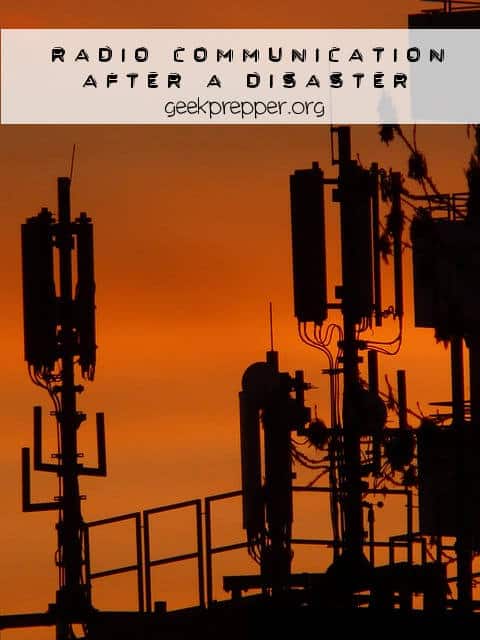
Radio Communication After a Disaster
Most of us are reliant on our cell phones, landline phones, VOIP phones or internet for all of our communication. Most cell phone towers are already oversubscribed. The companies count on the fact that everyone won’t be on the phone at the same time.
If there are a local disaster or emergency the towers and phone lines, in those areas are JAMMED uptight. Can you imagine how it would be after a major disaster or when SHTF? Even if the cellular network is still up, it takes hours of constant trying to get calls in our out.
Another consideration to keep in mind, if the area you are in goes “Grid Down”, most phone companies only have enough generator fuel for 2 or 3 days.
When prepping for a disaster or other event communications is important. Since the cell phones may not work, what do I do? There are still other unlicensed public use radio services.
Just remember that these are intended to be a shorter range, lower power, and with one exception probably aren’t going to be monitored by authorities.
You can’t count on publicly provided communications, which means you need to provide your own method of communication and start practice using them now!
SHTF Radio Communication Options:
What are the options for radio communications?
- CB radios
- FRS / GMRS Radios
- MURS Radios
- HAM Radios
Now, for the purpose of this article, we won’t be discussing illegal operation, illegal modifications, or illegal power amplifiers. These practices are in use on these bands especially on CB. Why do I say illegal? Because they are.
True, in a disaster situation, nobody is going to be checking to see if your operation is legal or not. However, when it isn’t a true emergency (life or death situation) they could be. You just never can be sure. With $20,000 fines possible, why take chances.
CB Radio
CB is the exception where the local authorities might be monitoring. Even then it is probably only going to be channel 9.
Is it worth having a CB radio after SHTF? That’s a good question. Let’s look at CB radio and find out.
What are CB Radios?
Citizens Band radio (also known as CB radio) allow short-distance radio communications between individuals on 40 channels within the 27 MHz (11 m) band.
Citizens band is distinct from the FRS, GMRS, MURS, and Amateur Radio Service (“ham” radio) systems. In many countries operating a CB does not require a license, and (unlike amateur radio) it may be used for business or personal communications.
CB Radio availability
CB’s are readily available, can be found laying unused in many garages, attics and basements. You can even find them still in older cars sitting in junk yards or scrap yards.
If you want to buy a new CB radio, they are also readily available from low cost from Amazon and Walmart.
CB Radio use after SHTF
CB Radios will likely be one of the unsung heroes after SHTF.
Since they are still readily available, simple and have a decent transmit and receive range I expect the 40 channels (and sidebands) will be widely used for communications immediately following a disaster or grid down situation.
This means that you’ll be able to listen to plenty of recon and local “news” reports from other folks, using CBs in your area, just by listening. This alone make the CB radio a must have!
CBs are available in Base station, portable and automobile version or the even more portable handheld CB radio.
They can transmit and receive from a mile or two up to 20 miles (depending on antenna) and in some circumstances much much further.
Now, to define these bands for those new to the discussion of frequencies. Citizens band or CB is generally from 26.965 to 27.405 MHz in 40 specific voice-only channels using a maximum of 4 watts for AM. For sideband voice it is about 12 watts.
I expect the 40 channels (and sidebands) will be widely used for communications immediately following a disaster or grid down situation. This means that you’ll be able to get plenty of recon and local news reports from other folks, using CBs in your area, just by listening. This alone makes the CB radio a must-have!
CBs are available in Base station, portable and automobile version or the even more portable handheld CB radio.
CB Radio Operation
CB radios are very simple to use. Even if you’ve never seen or touched a CB radio before, you could pick one up and be communicating in a matter of seconds.
Like many other two-way radio services, citizens band channels are shared by many users. Only one station may transmit at a time; other stations must listen and wait for the shared channel to become available.
Traditionally stations waiting to use a shared channel will broadcast the word “Break” during a lull in the conversation. This informs the other people using the channel that someone is waiting to transmit.
- Ensure that there is an antenna connected.
- Turn on the power.
- Tune to a channel (channel 9 is for emergencies only and channel 19 is typically the hangout spot, or “calling channel”).
- Pick up the microphone, wait for a lull in any active conversations.
- When there is a lull, key the mic and say “Break”, hopefully, they will acknowledge you.
- Key the mic and transmit your message.
It’s good form, to switch to an unused or less busy channel if you want to have a conversation. Use channel 19 to connect with your contact, then move to another channel.
Be aware that anything you transmit or hear will likely be picked up by many other people. Do not forgo OpSec in your communications. Do not give out any information that is sensitive.
FRS/GMRS Radios
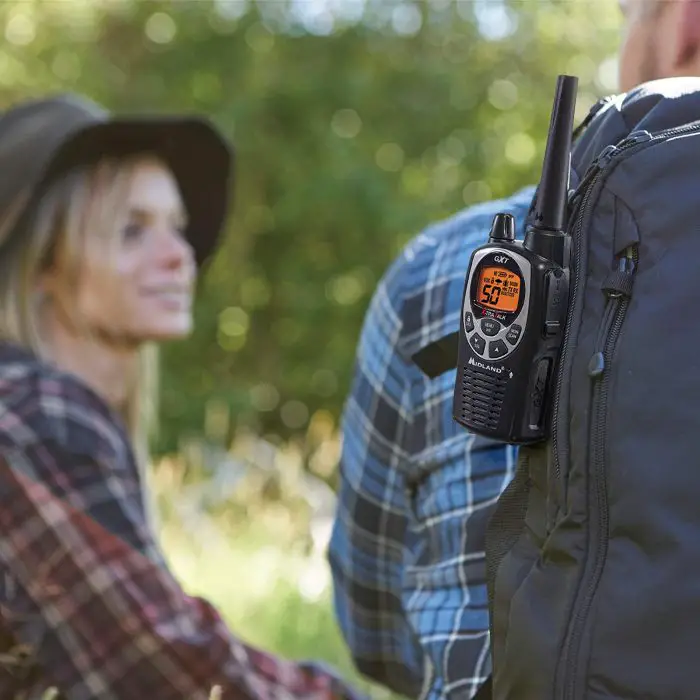
FRS (Family Radio Service) and GMRS Radios are convenient, readily available, you probably already have some, Range can be up to 2 miles with line of sight (so I hear, I’ve never gotten that kind of range). These are so common that, while handy, I expect these will also be heavily used, maybe to the point of way to much to be useful.
For FRS the frequency range is 462 to 467 MHz in 22 specific narrow FM voice channels. The channels have been divided by the FCC into 2 watt maximum and 1/2 watt maximum channel ranges.
How common are these radios? They are available at sporting goods stores and big box stores. I even found a pair of Hello Kitty FRS/GMRS Radios for my daughters (not everything prepper related has to be camouflage, have some fun).
MURS Radio
Very convenient, readily available, less common than the other options, Communications range exceeds GMRS/FRS radios and are ideal for outdoor activities. I think these would be your best bet for non-HAM licensed individuals, families or groups.
Multi Use Radio Service or MURS is a 5 channel VHF service at 151 to 154 MHz. This service is FM voice only with limited data usage.
Another really nice set of features for the MURS band:
- Infrared sensors for vehicle and pedestrian traffic and magnetic probe sensors, for vehicle only detection, can be combined in one system.
- Sensors can be added to the system at any time. Build out your security one piece at a time or add in new zones when you need them. Each sensor has a unique voice alert message so you know which one was tripped.
- Long range allows for the monitoring of remote buildings and areas. External antennas can be added to increase range if needed.
So you can have a MURS security perimeter setup around your home, property, farm, ranch or retreat. Bonus points for amazing!
HAM Radio

Requires licensing via a test. Amateur Radio has a great following and good community of operators.
Ham Radio gear used to be very expensive and that kept many people off the air, but with the introduction of the Baofeng radios, you can get a decent ham radio for around low cost. You will pay a bit more for one that is waterproof or has extra power.
Go find a local HAM group and make friends, study then take your license tests.
If you want to get your HAM radio license, then head over to https://qrz.com/hamtest and create an account (FREE). They have practice exams that use the real questions, so when you walk in to take your HAM radio exam, you won’t have any surprises. I got my HAM technician license last year and it’s opened up a whole new world of communications and friends!
Ham Radio is going to be the most reliable solution for short and long range communication.
Don’t forget AM/FM Radio
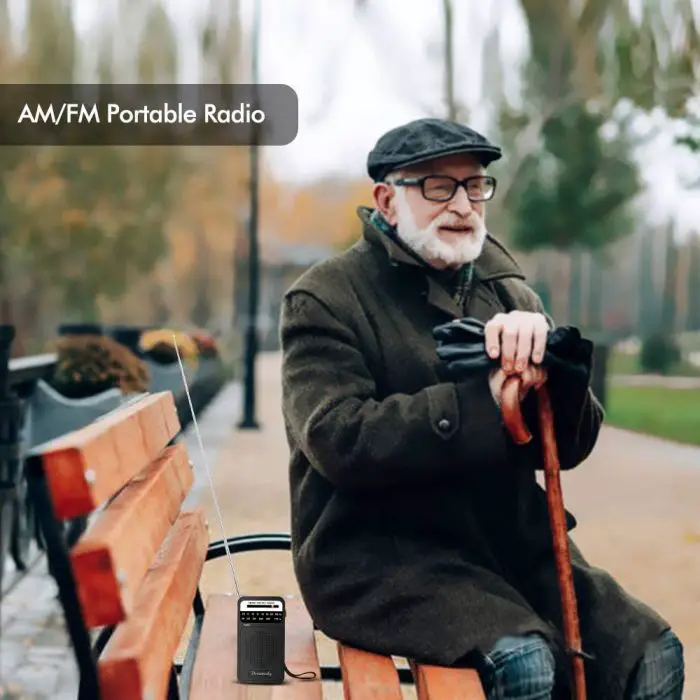
You’ll also want a tiny, battery-powered AM/FM radio. This will be your keyhole to announcement, news and weather. Even if you’re hiding out or on the run, you’ll want to know what’s going on in the rest of the world.
You need to have reliable Radio Communication After a Disaster, so this is the time to solidify your choices for post SHTF communications. If the Shizzle hits the fan, you may not have another choice.
External Antennas
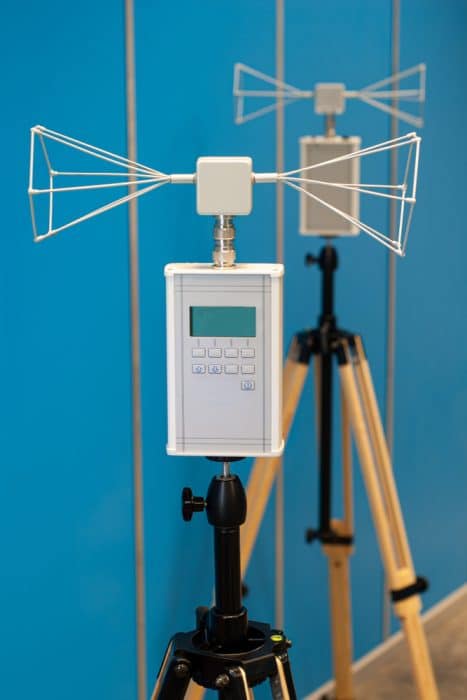
When it comes to an external antenna for improved performance, even a hastily installed makeshift one, they are prohibited on FRS. This further limits their performance. For MURS external antennas are just a little limited, but performance is much improved. Typical antennas for MURS are verticals, though beams will further enhance performance.
At 2 watts maximum, any enhancement you can get is an improvement. MURS is allowed to use external antennas mounted no more than 60 ft off the ground. Or no more than 18 feet above a building. It should have good range the higher it is mounted. However, is anyone listening when the chips are down?
With CB you really need an external antenna. Normally, (except handhelds) antennas for CB are external. Usually mounted on houses or cars. However, if we look to Amateur Radio experiences, the antennas can be mounted on almost anything from camera tripods to PVC or painter pole masts.
A really well made CB radio for SSB/AM is probably going to run $150 or more. But the useable cheaper Walmart one will work. Often people just give me those for free. I currently have 8 of them. Nothing says a good set has to be new. I just has to work well. Good wire antennas are cheap to make.
In an emergency, it’s probably still best to use a vertical ground plane antenna haunted as high as possible. Any vertical antenna will work. Likely the easiest to make in a disaster situation will be an inverted v dipole. For CB or 11 meters in actuality, a 1/2 wavelength long dipole is only 16 feet long.
That’s 204 inches approximately. Even use TV coax if regular 50 ohm isn’t available. CB where the antenna is mounted low to the ground has a better chance of being heard than MURS or FRS. Like I said before, it’s likely that nobody is monitoring FRS or MURS. But it is much more likely that CB channel 9 is being monitored by Civil Authorities.
PVC masts are cheap. Standing trees are free. You only have to get the antenna 8 feet above the ground at its lowest point to make it perform the best. Do what you can and try that. I like parachute cord for that. Tie it to a weight and throw it over any tree limb and haul up the antenna.
Let me just add a word of warning here. Any antenna for any band that is shorter that 1/4 wavelength will perform poorer than one that isn’t. So when you are starting off with a low power system of any kind in the first place, shorter antennas will more than likely decrease the radio’s effectiveness and range. You don’t get an option on FRS. They have fixed antennas. But with CB and MURS you can get full-sized antennas for emergency use if nothing else.
When it comes to antennas in emergencies, my choices would be (in this order):
- A beam antenna.
- Vertical antenna such as a ground plane or jpole antenna.
- 1/2 wavelength inverted v antenna.
- A vertical dipole or a sloping wire antenna
- Any full 1/4 wavelength or similar mobile antenna.
- Lastly would be any antenna I could get or make.
Excellent sources for building antennas can be found online. Such as Joe Carr’s Practical Antenna Handbook.Pdf. this is a free download.
As are many other antenna handbooks. You can also buy the ARRL’s antenna handbook from arrl.org. There are many other books that offer great advice on antenna.
All of them are easily scaled to CB. Pretty much any antenna you can make, if made well, will perform as good or better than any commercially made antenna you can buy that is in the same class.
The best part is that is will usually be much cheaper to make it than it is to buy an antenna. So learn how to build one. The dipole is the easiest to remember and build.
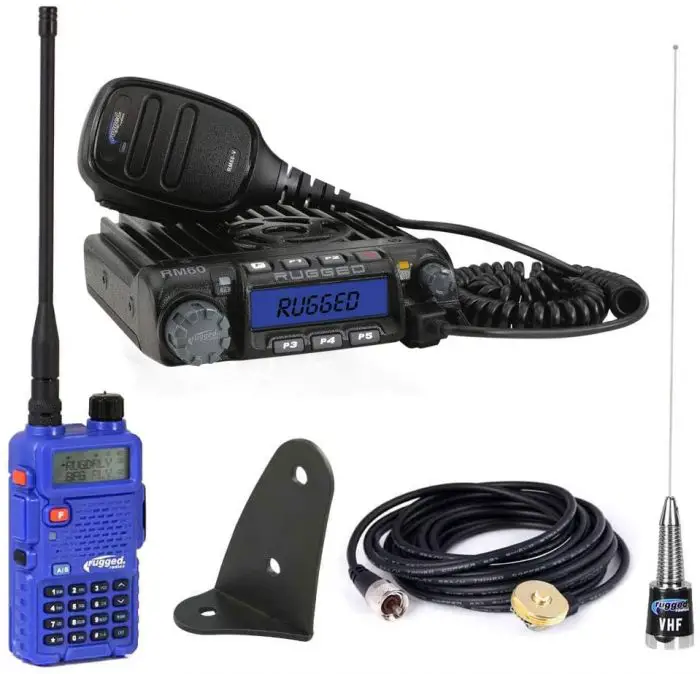
GoTenna: Claims vs Truths
Now I should mention GoTenna. This has some potential. However, in Twitter you can get beat up for suggesting truths about it. For our purposes just understand, it is not likely to be monitored in an emergency. In more rural areas I can say that right now it isn’t going to be 99.9% of the time or more. Why?
Because it is such a low powered and low to the ground system don’t risk your life on it in an emergency. When things are good and you have friends or family close by using it, great. Just know that while it doesn’t voice that’s what emergency services tend to use. Police data systems don’t include it. You are fooling yourself if you think it is dependable.
Gotenna mesh the current iteration is a single channel ism band device that’s only up to 1 watt per device. This particularism band is in the 902 MHz spectrum.
It is a FCC regulation part 15 device. That means .999 watts maximum. Less than 1 actual watt. It is said to be the upper of the UHF bands. Meaning it is likely bordering on the microwave spectrum.
It is higher in frequency than most cell phones. It is a shared band and as a part 15 device is not legally protected from interference issues. This is in the same band that is called the 33 centimeter band used by Amateur Radio and others. Sure the band will perform similarly to the 440 MHz aka 70 centimeter band.
33 centimeters is growing in popularity among Amateur Radio operators over 70 cms is many areas. Interference potiential is growing. Consider that the Gotenna device is under 1 watt, while Amateur Radio users on this band are limited to 1500 watts, with 25, 50, and 100 watts being more common.
There are anecdotal claims on Twitter that they regularly cover 25 to 60 miles with it. Great advertising! Don’t bet on it. They make the same claims about FRS. Maybe if you are high in the mountains or have one set up on a mountain like a micro repeater.
It is a system that requires many many users to achieve some of the claims. They may even be true in very high population density areas.
I’m willing to bet there are far more CB users. Especially in rural areas and that the Sheriff’s department is more likely to be monitoring Channel 9 on CB.
An Ideal SHTF Radio Communications Set Up
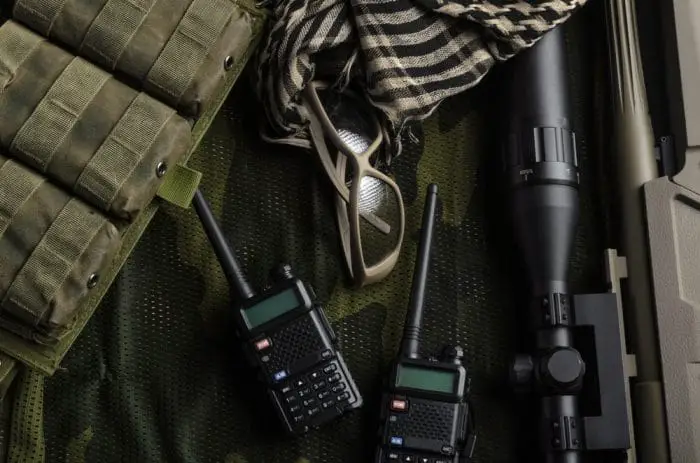
So a good emergency set would look like this: a AM/SSB CB radio, a pretuned dipole antenna, a battery/generator/or solar power system (really a combination of the 3 would be best). A couple of antennas, one may not work when you need it too. A mast with guy ropes. At least 25 to 50 feet of 50 or 75 ohm coax. Electrical tape and spare coax connectors just in case.
So choose wisely. You can be prepared for a communications emergency fairly easily. If you don’t want an Amateur Radio license, you have other options. A portable emergency set made with a mobile CB can be assembled for $50 or less.
If it were me, I would choose CB for all the reasons I have mentioned for unlicensed radio operation. True it can be noisy. However, if you have a known station within a close distance you talk with regularly, you can squelch out the noise. This is a common practice within Amateur Radio when using FM voice transmitters.
While CB is only legally AM or SSB the principle applies. On that note, let me plug SSB voice operation. On any band it’s legal SSB has less noise but travels immensely greater distances than AM or FM in general practice.
SSB has much less noise than either when unsquelched. It travels further but to my knowledge isn’t monitored by local Civil Authority. In this case, it is a good thing that all CB that have SSB also have AM. They tend to cost more but have better receivers.
I am in the process of building another one of these for my own use. Good luck prepping yours. Email me if you need advice: n9ysq@yahoo.com use the subject line prepping.

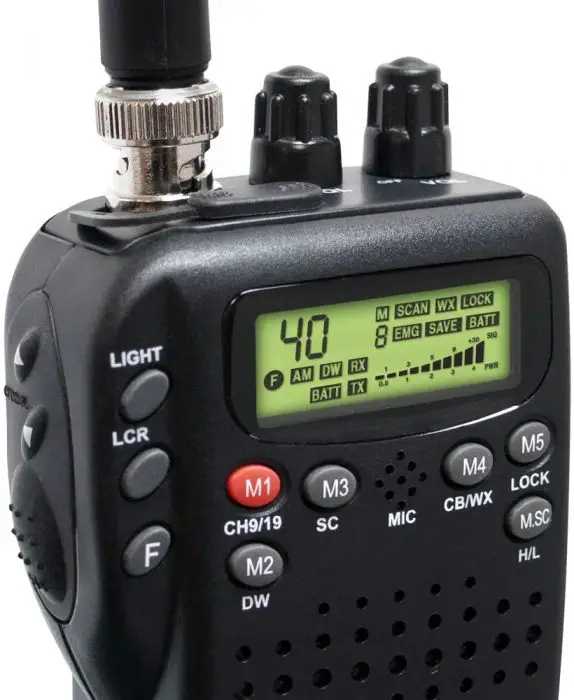
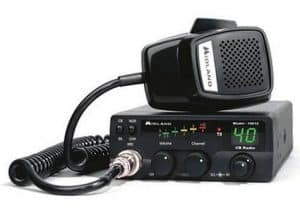

Awfully exciting piece
Wonderful piece of writing, I liked the two way radio reviews section
I just orders a book off Amazon called Ham Radio Go Bag by Max Cooper. It looks like a useful book. I’ve read a couple of this authors other books and they were great. I’m looking forward to this one. Just wanted to pass this along.
SHTF radio is really useful in case of serious emergencies. This is an awesome little radio to carry around. It is very lightweight and comes packed with features that can be found in much more expensive radio. I do enjoy the ability to listen to FM radio channels with the press of a button and the flashlight option has come in handy a few times as well.
my friend has a Runningsnail radio. I also like it. She says it worked great. Got to the weather band easily and picked up a broadcast for our area. Very assuring! Also picked up FM and AM. Handy indicator light lets you know when you are getting to a good signal.
I have my ham license, I got it when I was 64. I am now 74 and still have fun talking to the new friends I’ve made. I always thought I wasn’t smart enough to pass the test, but I found out the basic license isn’t that hard. I joined a local ham club and the members are happy to help anyone to advance. the club is always trying to recruit new members! It’s a lot of fun, go for it!
I come from 2021. SHTF this year.
Agree on the cb radio ideas.
A good addition to have to your preps.
Good tip on the dipole. A lot of cbrs Pooh Pooh them but they know very little of antenna or radio theory anyway and don’t care to learn how and why it works.
Sideband is definitelty the way to go for distance.
If I can talk to Australia from Florida with only a little more power than a cb and a similar antenna then that proves it for me. Granted, there are other factors that help, such as the sunspot cycle, but getting licensed 40 plus years ago and learning new stuff over the years helps too.